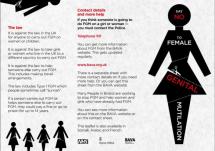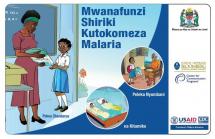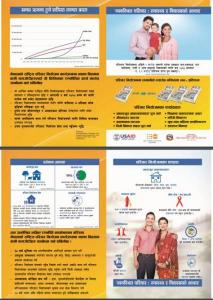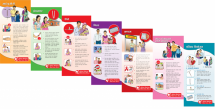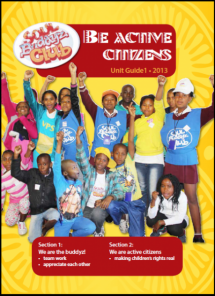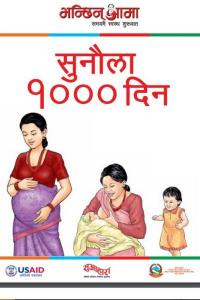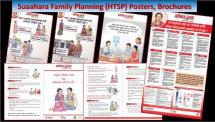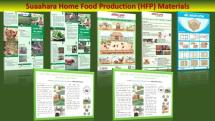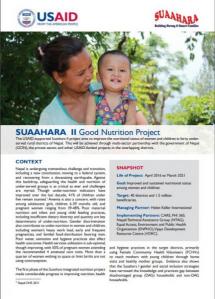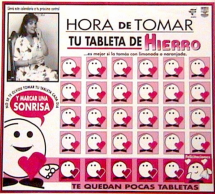Suaahara Family Planning Posters/Brochures
Suaahara was a five year (2011-2016) project funded by USAID aimed to improve the nutritional status of women and children in 41 districts of Nepal. The project focused on improving health and nutrition behaviors at the household level through promotion of Essential Nutrition and Hygiene Actions (EN/HA), particularly Maternal, Infant and Young Child Nutrition (MIYCN), and addressing other determinants of under-nutrition, such as availability of and access to food, hygiene, quality of health care, child spacing and socio-cultural factors including gender and marginalization.
Suaahara was implemented by a consortium of partner organizations led by Save the Children.
The SBCC strategy established an internal quality materials review and production system to ensure that all partners in the consortium had mutually reinforcing, quality materials developed, pretested, produced and disseminated to the end user.
Suaahara Family Planning Posters/Brochures/Flex
In the year 2013, Suaahara developed this Healthy Timing and Spacing of Pregnancy Posters and Brochures with communication input from SBCC team and technical input from Health Promotion team emphasizes increased knowledge on HTSP and utilization of FP services on time for birth spacing. There is an issue that 1000 day mothers and their husbands do not think about birth spacing, they are not aware about the FP methods for Spacing. They do not know the appropriate time and methods to use for birth spacing.
To address this issue, 1000 days mother and their husband as primary audience and Adolescent and family members as secondary audiences, Suaahara developed these family planning related posters and brochures with the objectives:
- Help women or couples start thinking of HTSP and her FP options while she’s pregnant.
- Help couples choose an appropriate family planning method.
- To encourage breastfeeding as one of the methods of birth spacing.
Following are the list of FP related materials developed by Suaahara:
- Poster on Healthy Timing and Spacing of Pregnancy (HTSP) – “When to be pregnant?”
- Poster on HTSP counseling at health facility
- Brochure on Healthy Timing and Spacing of Pregnancy
- Inform Choice Poster (Flex)
In the year 2014, these posters and brochures were rebranded as guided by “Bhanchhin Aama” campaign and some posters were redeveloped with modification and disseminated in all public places in Suaahara implementing districts through local NGO partners throughout the project period.
Source: Johns Hopkins Bloomberg School of Public Health/ Center for Communication Programs
Date of Publication: March 25, 2019

